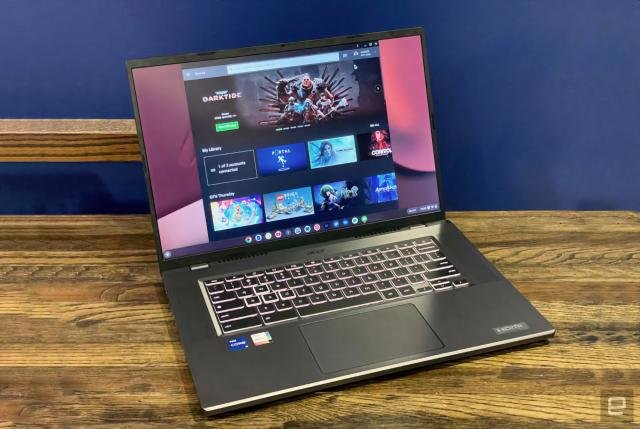Technology
Google offers three months of free GeForce Now cloud gaming to Chromebook users

Technology
Microsoft Expands Copilot Voice and Think Deeper
Technology
Google Launches Free AI Coding Tool for Individual Developers
Technology
Elon Musk Unveils Grok-3: A Game-Changing AI Chatbot to Rival ChatGPT
-

 Entertainment3 weeks ago
Entertainment3 weeks agoZZ Top’s Frank Beard Takes Break from Tour Due to Health Issues
-

 Entertainment3 weeks ago
Entertainment3 weeks agoKanye West Drops New Album ‘Bully’ with Film Starring Son Saint
-

 Entertainment3 weeks ago
Entertainment3 weeks agoZouk Los Angeles Opens with Celebrities and Epic Performance
-

 Entertainment3 weeks ago
Entertainment3 weeks agoSunita Williams Returns Home After 8 Months in Space
-

 Entertainment3 weeks ago
Entertainment3 weeks agoRadiohead Teases Potential New Music with Business Filing
-

 Entertainment2 weeks ago
Entertainment2 weeks agoAustin Abrams to Lead Zach Cregger’s ‘Resident Evil’ Reboot
-

 Uncategorized3 weeks ago
Uncategorized3 weeks agoJustin Theroux and Nicole Brydon Bloom Are Married
-

 Entertainment2 weeks ago
Entertainment2 weeks agoAmazon Taps Harry Potter and Spider-Man Producers for James Bond Franchise Overhaul



